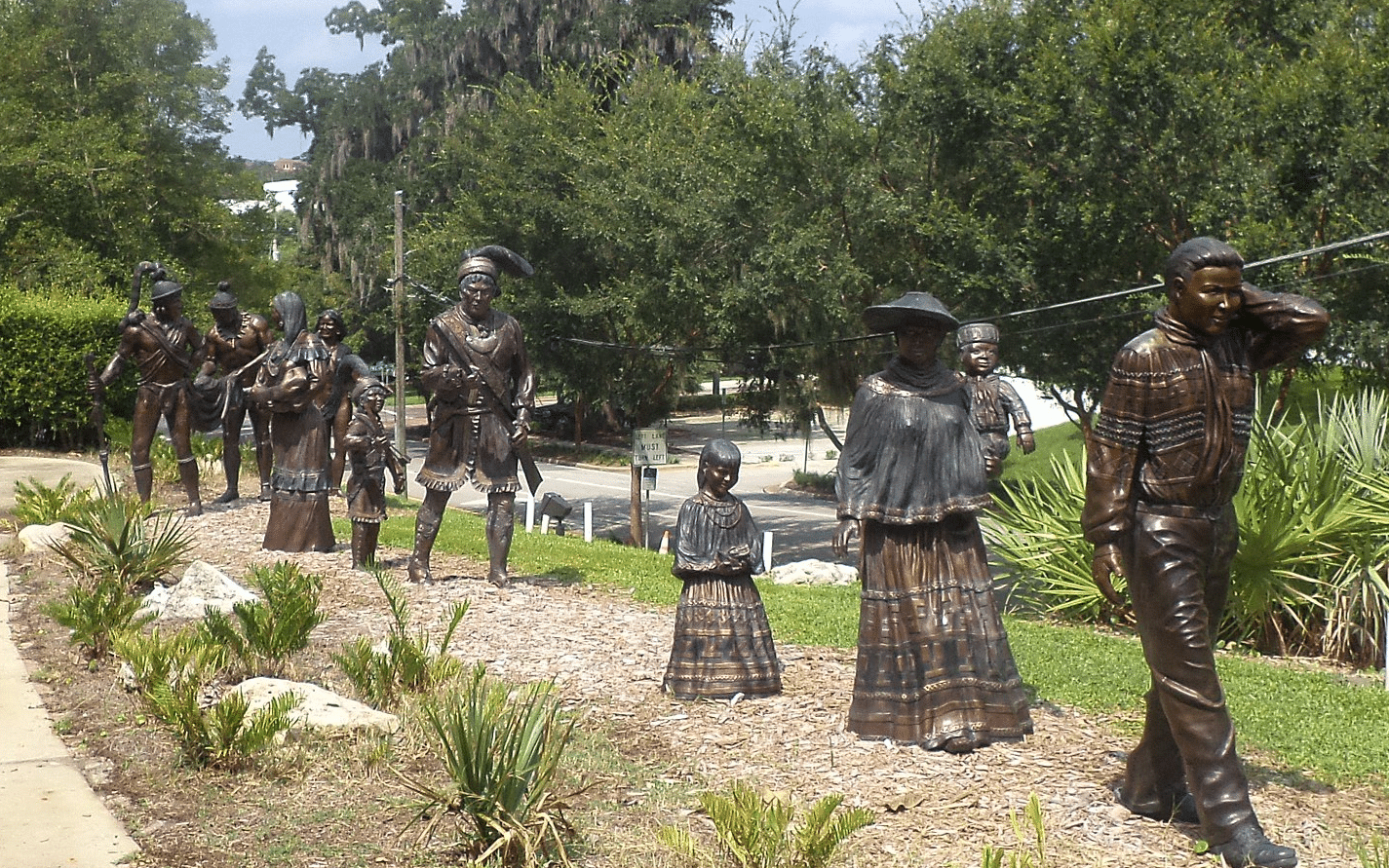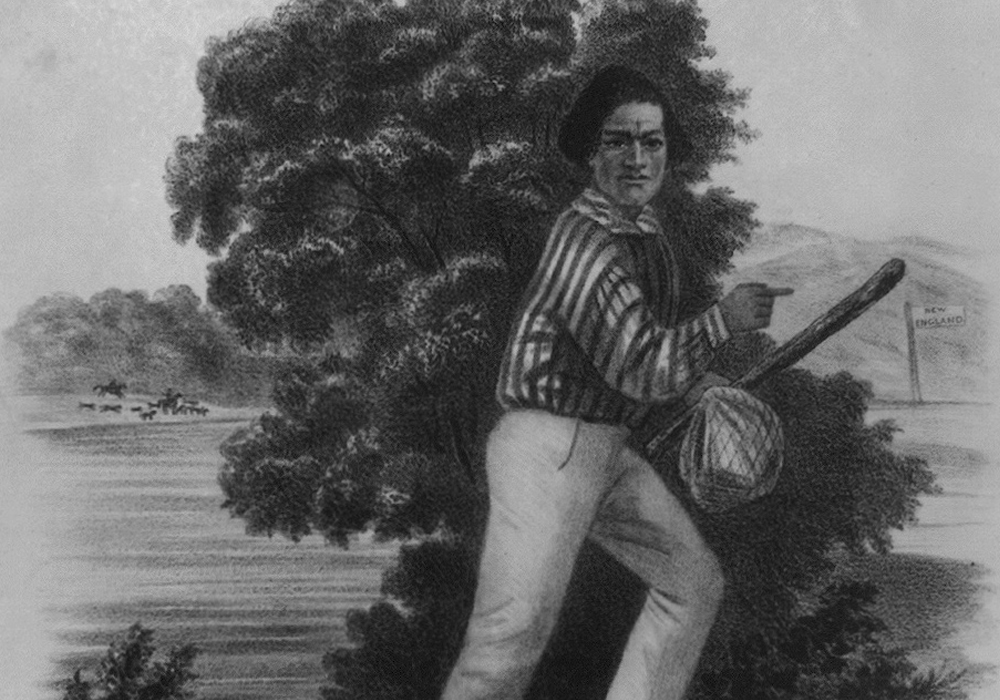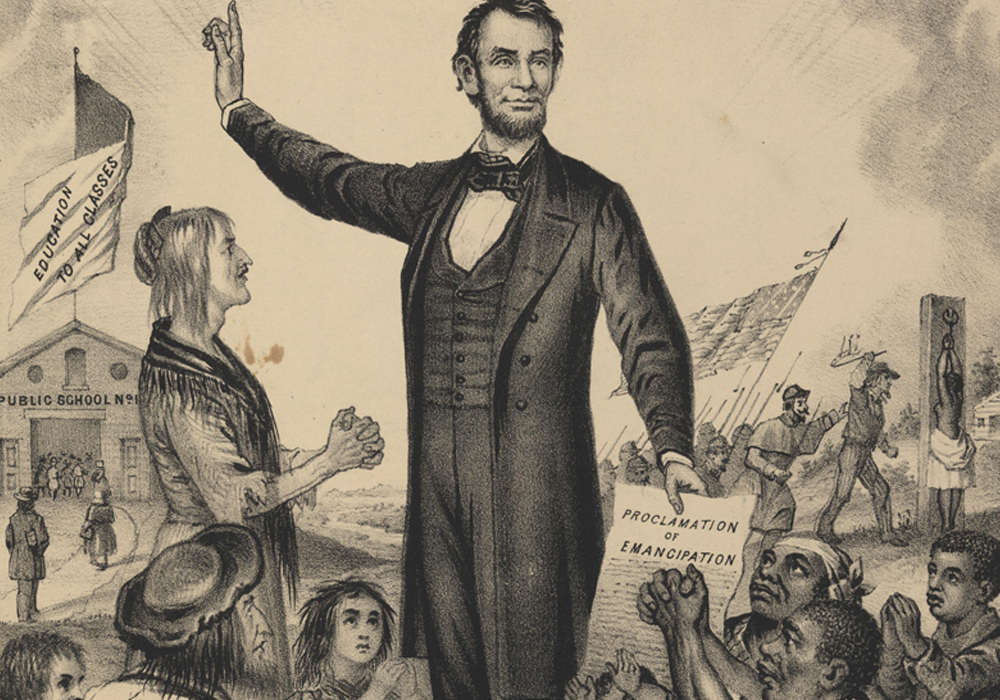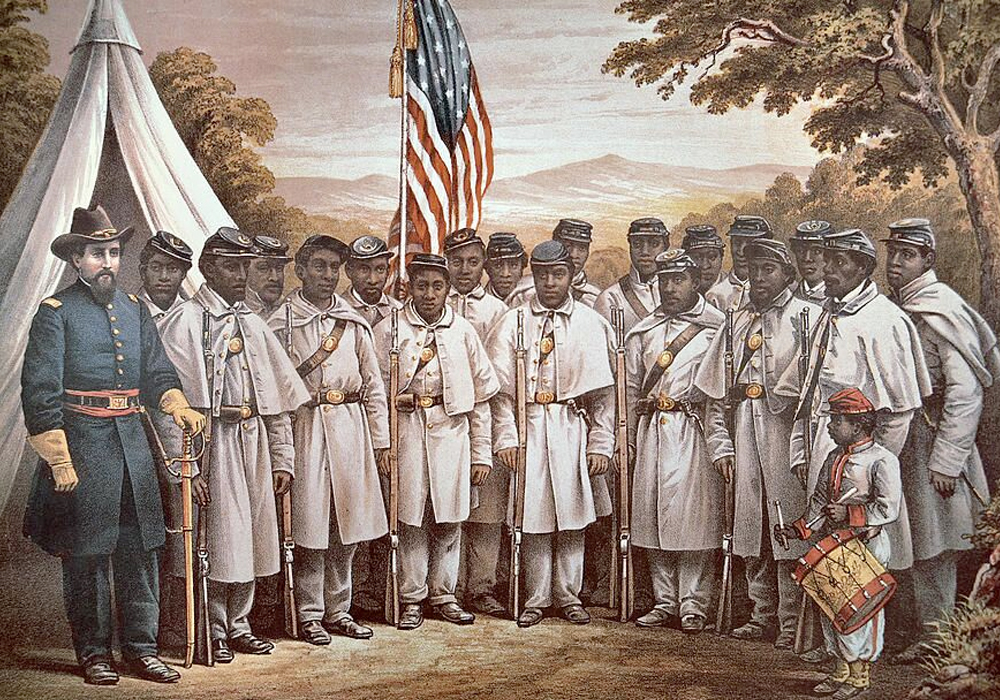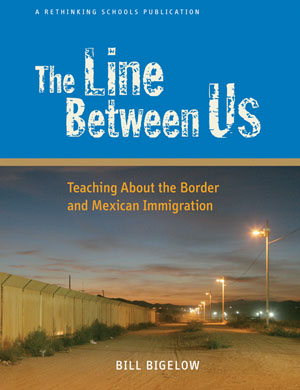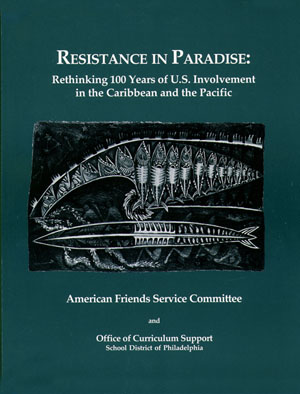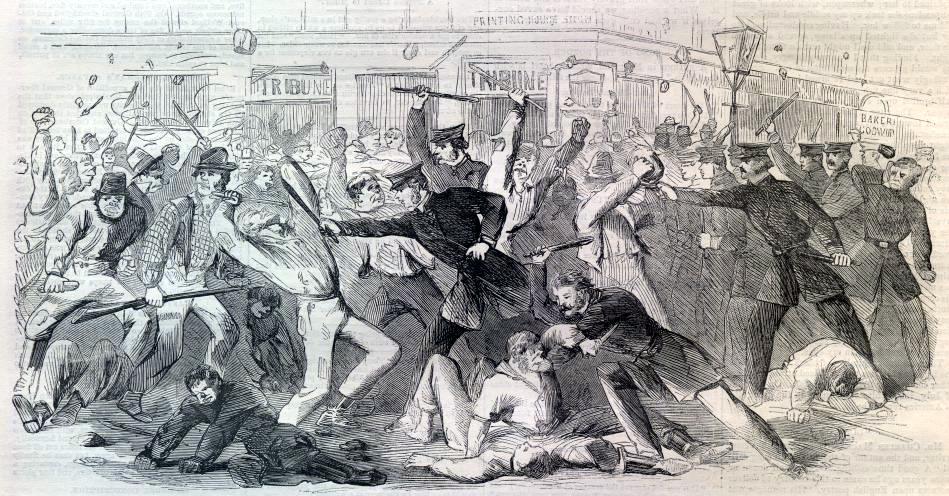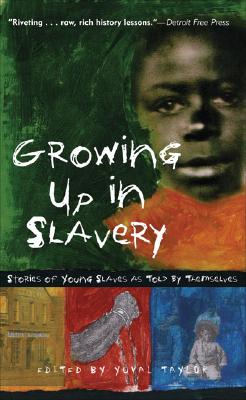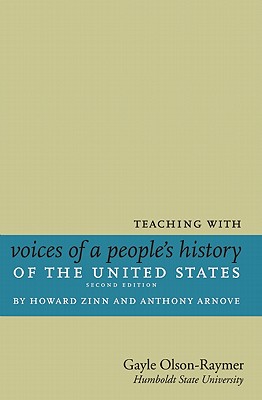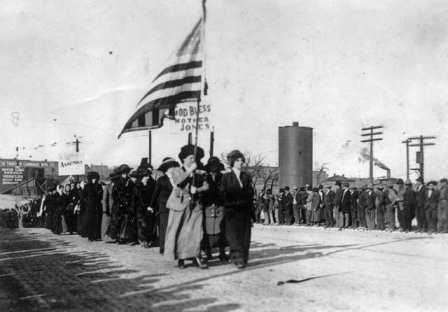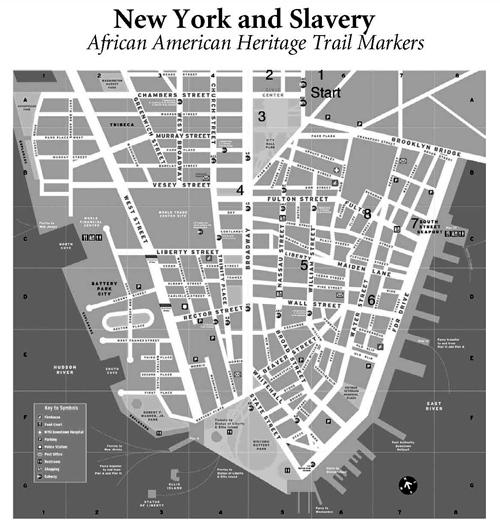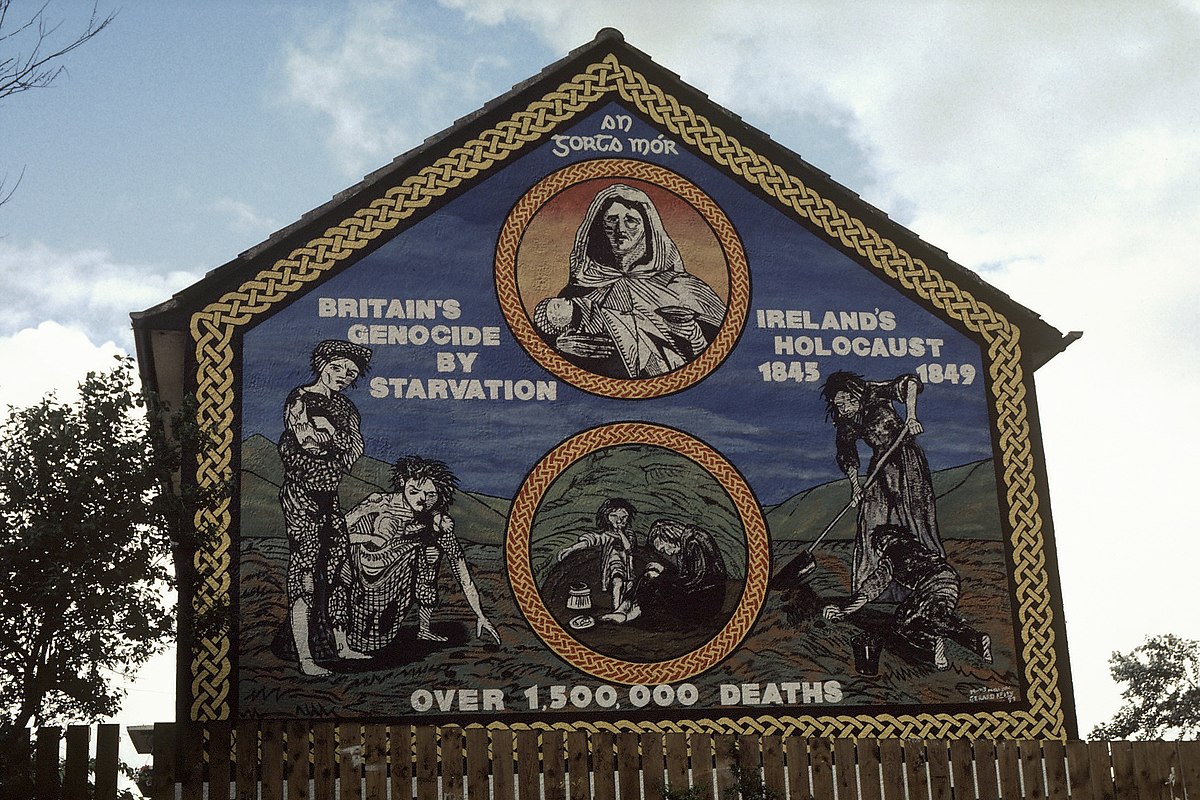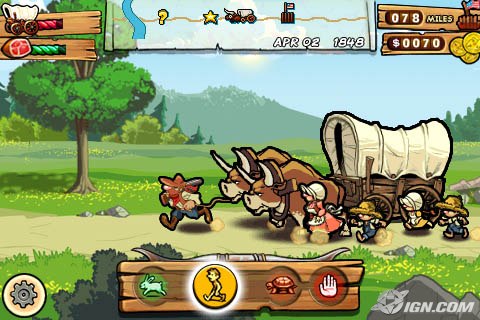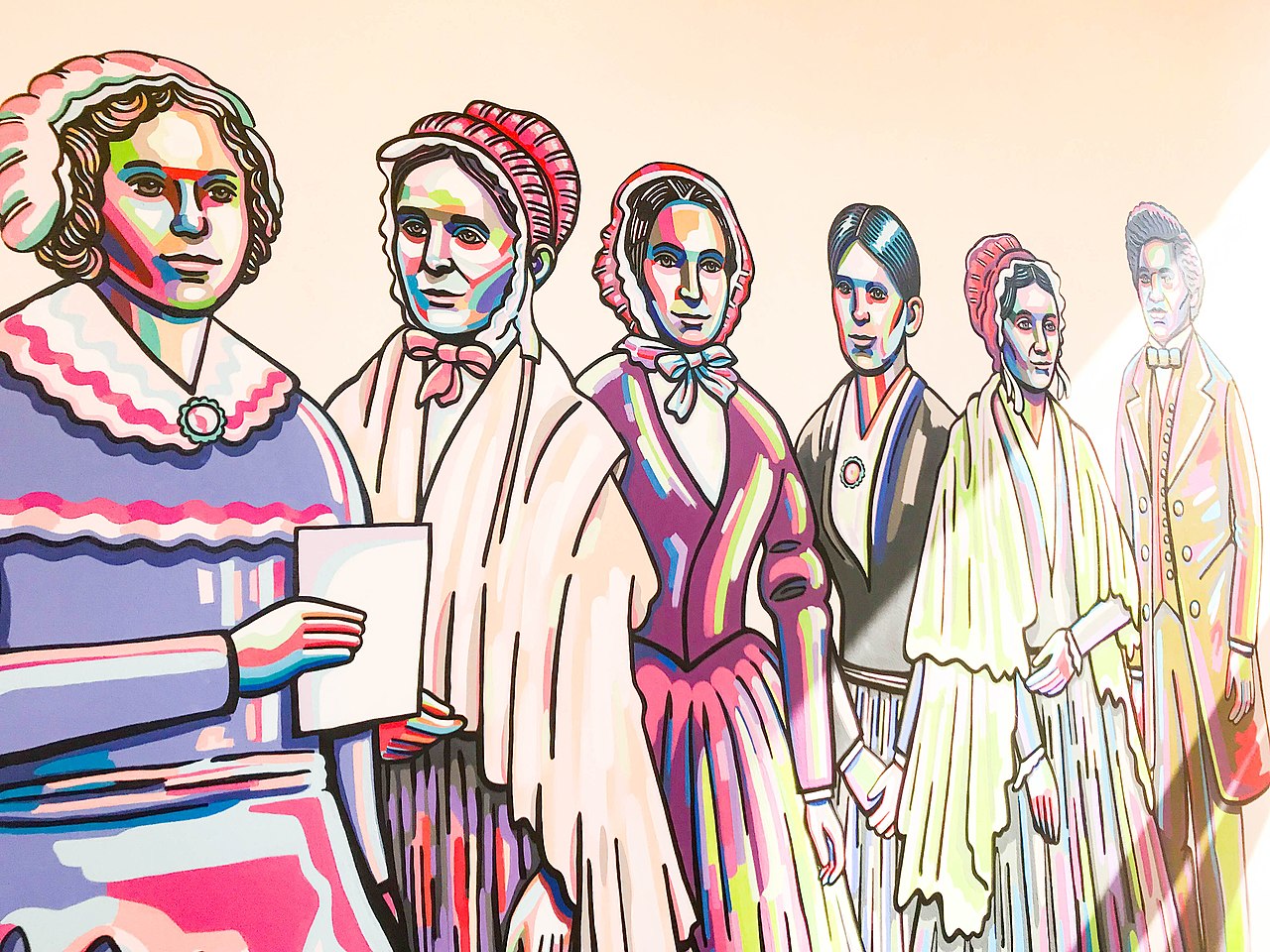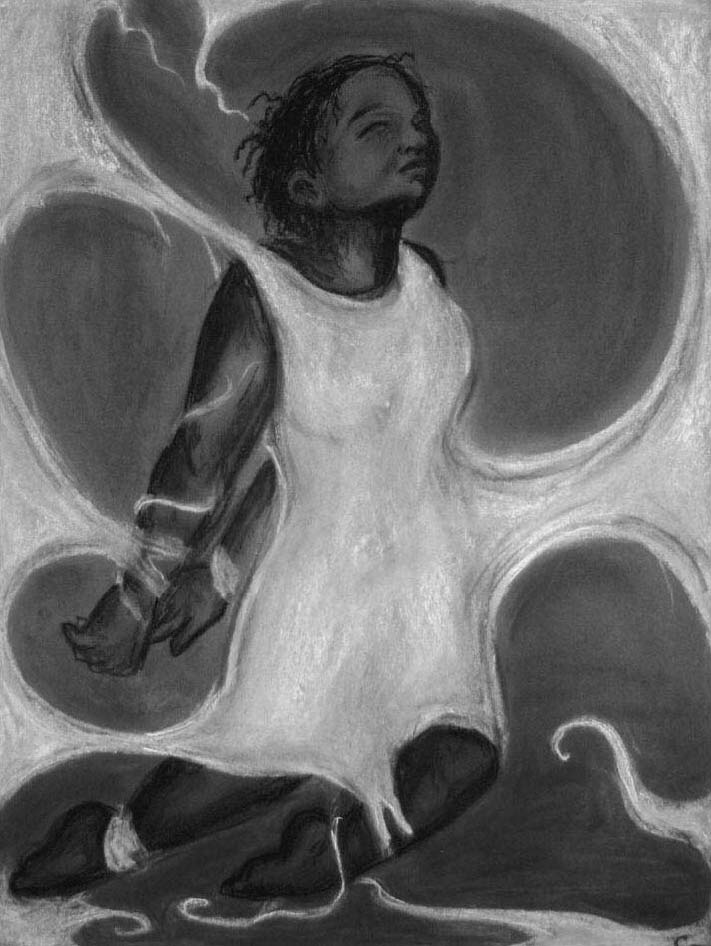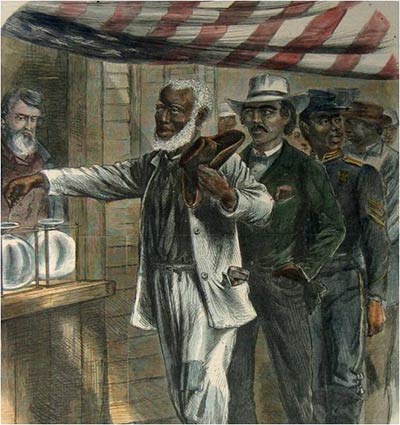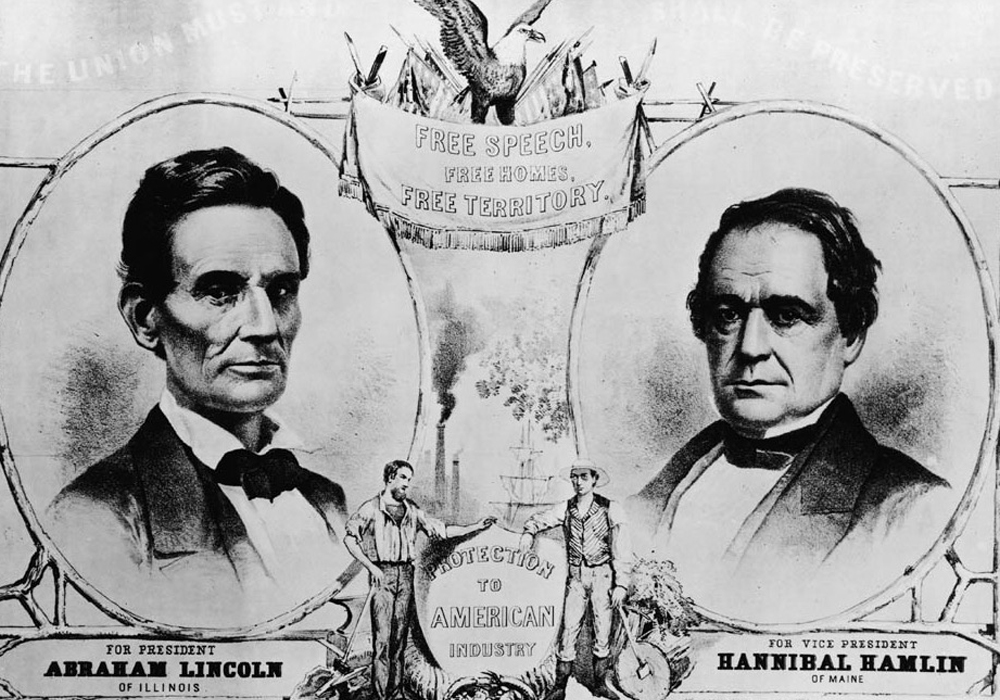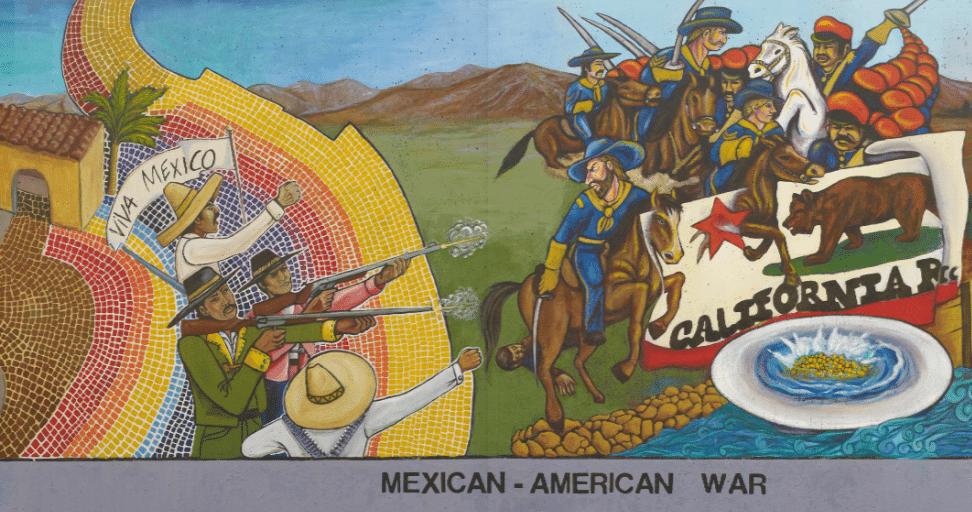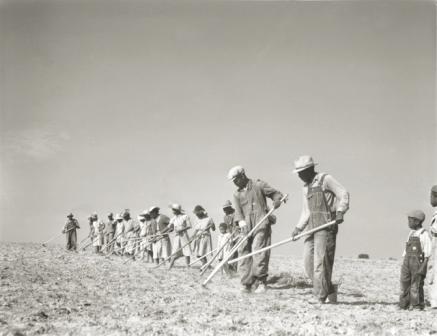Teaching Activity. By Bill Bigelow. 5 pages.
A lesson in which students develop critical literacy skills by responding to Andrew Jackson's speech on "Indian Removal."
Continue reading
Teaching Activity. By Bill Bigelow. 7 pages.
A lesson to introduce students to the numerous and varied ways African Americans resisted their enslavement, using the autobiographical Narrative of the Life of Frederick Douglass.
Continue reading
Teaching Guide. By Bill Bigelow and Norm Diamond. 1988. 184 pages.
Role plays and writing activities project high school students into real-life situations to explore the history and contemporary reality of employment (and unemployment) in the U.S.
Continue reading
Student Handout. By Bill Bigelow. 3 pages.
This timeline can be used as a resource for lessons on the Civil War, President Lincoln, the 54th Regiment, and the end of slavery.
Continue reading
Teaching Activity. By Bill Bigelow. 7 pages.
Students explore some of the myths of the Civil War through examining excerpts from Lincoln’s first inaugural address, the rarely mentioned original Thirteenth Amendment to the Constitution that Lincoln promised to support, and the Emancipation Proclamation.
Continue reading
Teaching Guide. By Bill Bigelow. 2006. 160 pages. Rethinking Schools.
Lessons for teaching about the history of U.S.–Mexico relations and current border and immigration issues.
Continue reading
Teaching Guide. Edited by Debbie Wei and Rachel Kamel. 1998. 199 pages.
Readings and teaching ideas for high school students on the Spanish-American War.
Continue reading
Film. By Na Maka o ka `Aina. 1993. 58 minutes.
A comprehensive documentary that focuses on the events surrounding the overthrow of the Hawaiian monarchy in 1893.
Continue reading
Teaching Activity. By Bill Bigelow. 9 pages.
Students are invited to solve a mystery, using historical clues, about the real story of the Draft Riots.
Continue reading
Book — Non-fiction. Edited by Yuval Taylor. 2005. 230 pages.
Ten individuals tell stories of their childhood and teenage years in slavery.
Continue reading
Teaching Activity. By Gayle Olson-Raymer.
Questions and teaching ideas for Chapter 2 of Voices of a People's History of the United States on early American slavery, resistance, and rebellion.
Continue reading
Teaching Activity. By Gayle Olson-Raymer.
Questions and teaching ideas for Chapter 6 of Voices of a People's History of the United States on the early women's movement, including their efforts for social, racial, and political equality.
Continue reading
Teaching Activity. By Gayle Olson-Raymer. 18 pages.
Questions and teaching ideas for Chapter 7 of Voices of a People's History of the United States on the American policy of "Manifest Destiny" and Native American resistance to their own displacement.
Continue reading
Teaching Activity. By Gayle Olson-Raymer. 14 pages.
Questions and teaching ideas for Chapter 8 of Voices of a People's History of the United States on The Mexican-American War and domestic resistance to it.
Continue reading
Teaching Activity. By Alan J. Singer. Rethinking Schools. 7 pages.
How a teacher and his students organized a tour of the hidden history of slavery in New York.
Continue reading
Teaching Activity. By Bill Bigelow. Rethinking Schools. 5 pages.
A trial role play helps students reflect on responsibility for the deaths of Irish peasants during the so-called potato famine.
Continue reading
Article. By Bill Bigelow. Rethinking Schools.
Critique of the popular "Oregon Trail" computer game.
Continue reading
Teaching Activity. By Bill Bigelow. 17 pages.
A role play allows students to examine issues of race and class when exploring both the accomplishments and limitations of the Seneca Falls Convention.
Continue reading
Teaching Activity. By Thom Thacker and Michael A. Lord. Rethinking Schools. 4 pages.
An art contest is used as the basis from which students can examine primary historical documents (advertisements for runaway slaves) to gain a deeper understanding of the institution of slavery in the North.
Continue reading
Article. Background reading for teachers. By Bill Bigelow. 4 pages.
A review of Freedom's Unfinished Revolution, a collection of primary documents for high school on the Civil War and Reconstruction.
Continue reading
Teaching Activity. By Bill Bigelow. 12 pages.
A role play based on the election of 1860 allows students to explore the political debates of the time and the real reasons for the Civil War.
Continue reading
Teaching Activity. Lesson by Bill Bigelow and student reading by Howard Zinn. Rethinking Schools. 21 pages.
Interactive activity introduces students to the history and often untold story of the U.S.-Mexico War. Roles available in Spanish.
Continue reading
Teaching Guide. By Gayle Olson-Raymer. 17 pages.
Questions and teaching ideas for Chapter 9 of Voices of a People's History of the United States on black and white resistance to slavery before the Civil War.
Continue reading
Teaching Activity. By Gayle Olson-Raymer. 16 pages.
Questions and teaching ideas for Chapter 10 of Voices of a People's History of the United States" on "The Other Civil War — the class conflict fought by the poor in the north and south.
Continue reading
Teaching Activity. By Gayle Olson-Raymer. 18 pages.
Questions and teaching ideas for Chapter 11 of Voices of a People's History of the United States on the Gilded Age.
Continue reading

